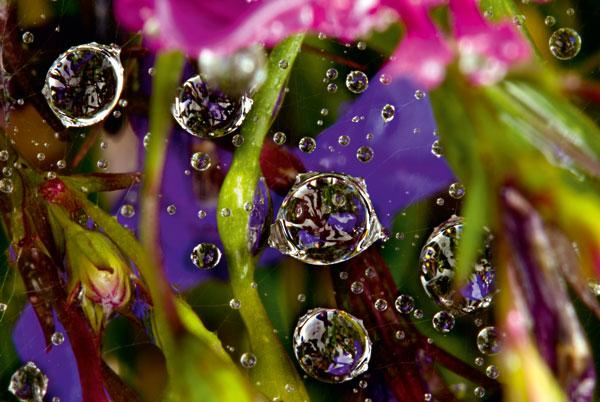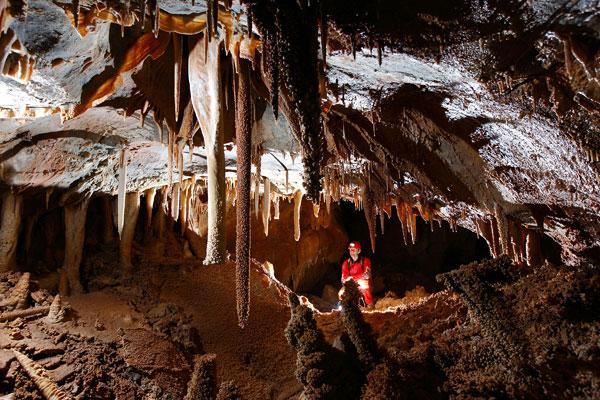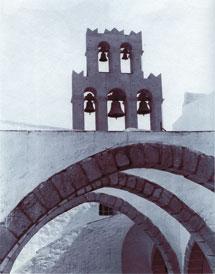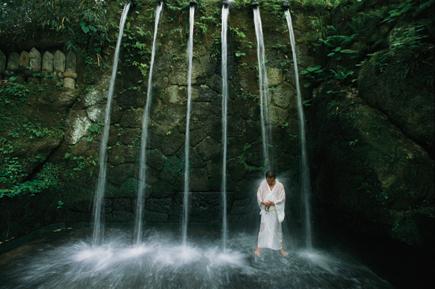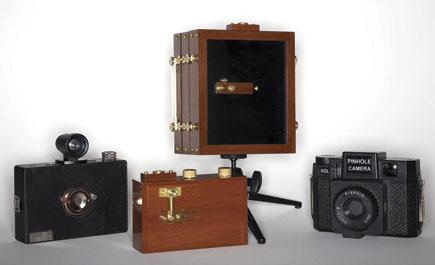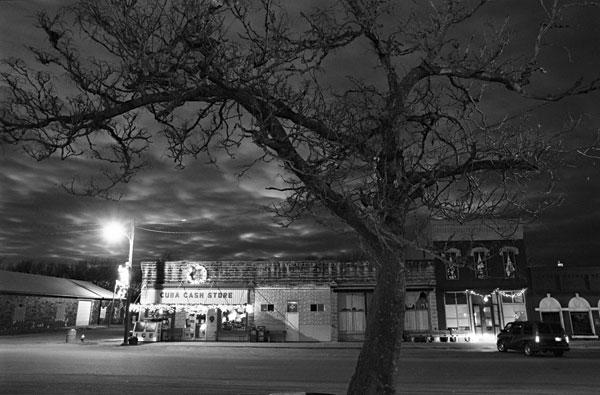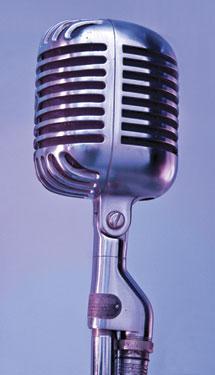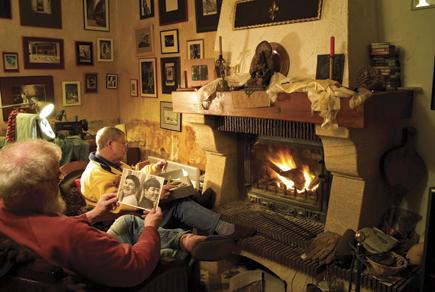Pro Techniques
Sort By: Post DateTitle Publish Date
|
Apr 01, 2007 |
|
Sep 05, 2014 |
|
May 30, 2013 |
First Published: May 01, 2013 |
|
May 02, 2014 |
First Published: Mar 01, 2014 |
|
Mar 01, 2011 |
|
Jan 01, 2006 |
First Published: Jan 01, 2007 |
|
May 14, 2013 |
First Published: Apr 01, 2013 |
|
Jun 23, 2023 |
|
Jul 29, 2011 |
First Published: Jun 01, 2011 |
|
Jun 01, 2009 |
|
Nov 01, 2006 |
|
Jul 01, 2008 |
|
Jun 01, 2010 |
|
Dec 31, 2013 |
First Published: Nov 01, 2013 |


